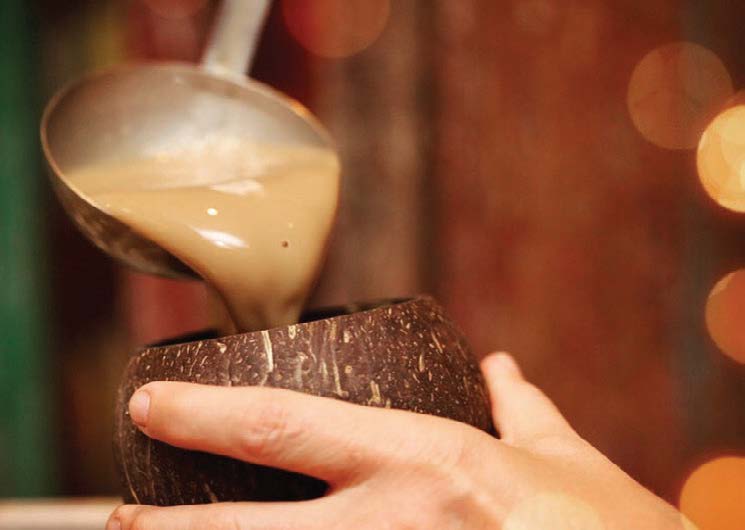
With marijuana legalization, many people are ditching pharmaceutical painkillers for plant-based relief; for some, however, kava is the go-to when stress and anxiety overwhelm. Native to the southeast Asia-Pacific region of Oceania and the South Pacific islands, kava is a plant root traditionally cultivated for its perceived ability to promote calmness and restful sleep; historically it’s been ingested as a ceremonial beverage or socially, as we would alcohol. Herbalists believe kava can induce a relaxed awareness without compromising mental function — think chamomile tea with more horsepower.
The downside? Potential health risks, especially if you have liver disease or a history of liver problems. Numerous cases of liver damage have been linked to kava, leading to bans in some places, though recently countries like Canada and Germany have lifted restrictions. Despite safety concerns, kava has not been removed from the U.S. market and is available in several cafes in Marin.
Kava consumption has not caused significant health problems for people from the South Pacific, despite its long history of use; one possible cause of toxicity might be contamination of the root with different parts of the plant, according to Edzard Ernst, an Exeter University researcher and professor emeritus of complementary medicine. Whether the kava extract is consumed in the traditional water-based or a modern solvent-based form may also come into play. The root of the matter? Read labels, research origins, and drink with caution — or stick to chamomile.
The article originally appeared in Marin Magazine’s print edition under the headline: “Kava Caveats.”


